Entry Category: Science and Technology
Arkansas Sky Observatories
Arkansas State Crime Laboratory
Arkansas State Horticultural Society (ASHS)
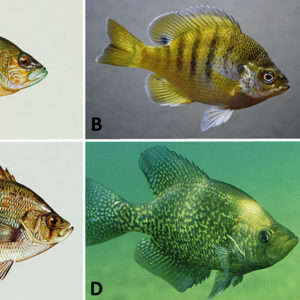 Arkansas Sunfishes
Arkansas Sunfishes
Arkansite
 ARTS Antenna
ARTS Antenna
 ARTS Antenna
ARTS Antenna
 ARTS Building
ARTS Building
 ARTS Building
ARTS Building
Asian Longhorned Tick
aka: Bush Tick
 Asian Longhorned Tick
Asian Longhorned Tick
Aspidogastreans
aka: Aspidobothrians
aka: Aspidobothreans
Atherinopsids
aka: Neotropical Silversides
Audubon Arkansas
Audubon, John James
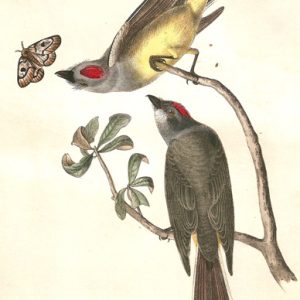 Audubon Illustration of Western Kingbird
Audubon Illustration of Western Kingbird
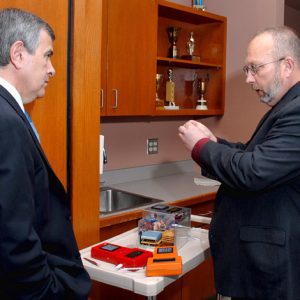 Avian Flu Discussion
Avian Flu Discussion
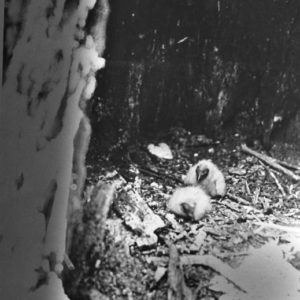 Baby Buzzards
Baby Buzzards
Bachman, Joseph
Bachman’s Warbler
aka: Vermivora bachmanii
 Bachman's Warbler
Bachman's Warbler
Baerg, William J.
Baker, Oliver Keith
 Baltimore Checkerspot
Baltimore Checkerspot
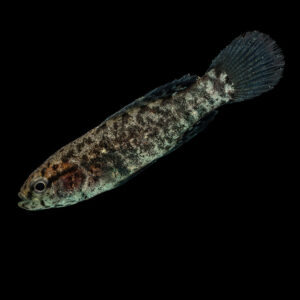 Banded Pygmy Sunfish
Banded Pygmy Sunfish
Banded Pygmy Sunfish
Baring Cross Bridge
 Baring Cross Bridge
Baring Cross Bridge
 Baring Cross Bridge
Baring Cross Bridge
 Baring Cross Bridge
Baring Cross Bridge
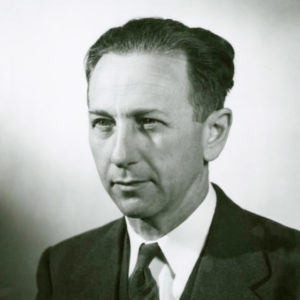 Loy Barton
Loy Barton
Barton, Loy
 Batrachochytrium salamandrivorans
Batrachochytrium salamandrivorans
Bats
 Bauxite, Official State Rock
Bauxite, Official State Rock
Beaver Dam and Lake
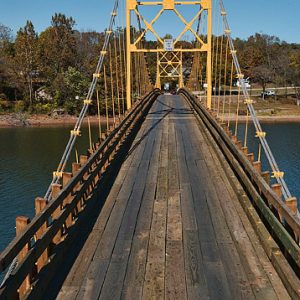 Beaver Bridge
Beaver Bridge
 Beaver Dam and Lake
Beaver Dam and Lake
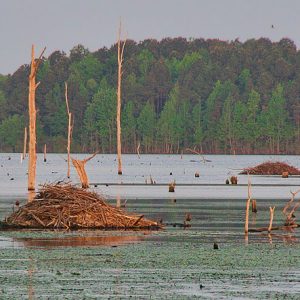 Beaver Lodges at Columbia Lake
Beaver Lodges at Columbia Lake
 Bedbugs
Bedbugs
 Beetles
Beetles
Berry, Danielle Bunten
aka: Daniel Bunten
Big Arkie
Birds
Birdwatching
aka: Birding
Black Bears
aka: Ursus americanus
 Black River Bridge
Black River Bridge
Blakely Mountain Dam
aka: Blakely Dam
aka: Lake Ouachita
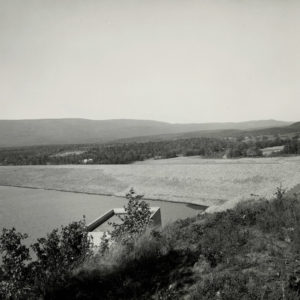 Blue Mountain Dam
Blue Mountain Dam




